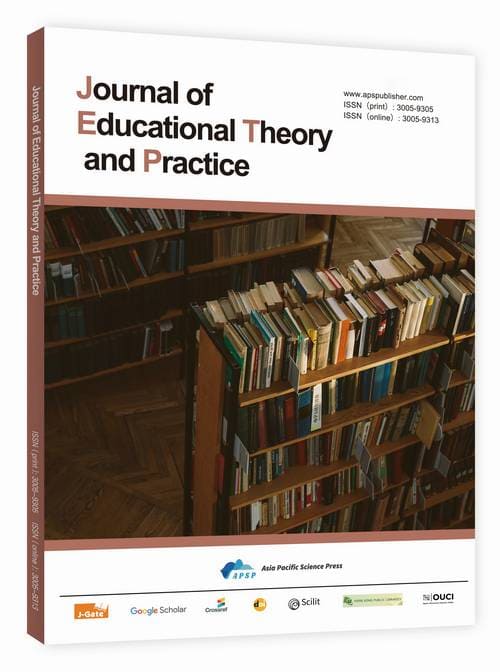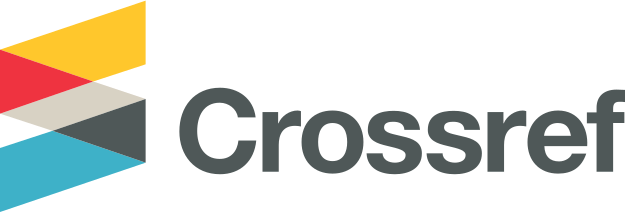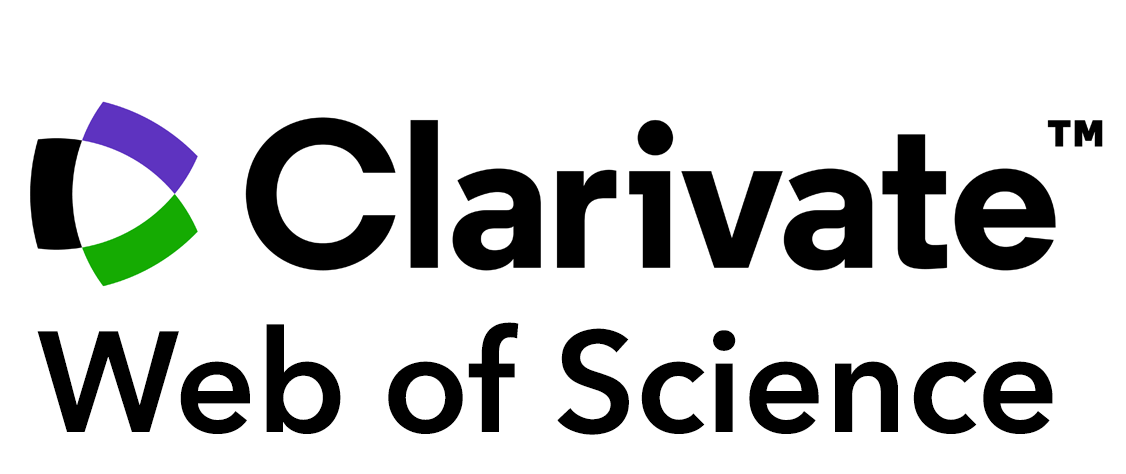From Clarity to Conviction: Instrumental Limits and Integration Pathways for Generative Artificial Intelligence in University Ideological and Political Education
DOI:
https://doi.org/10.62177/jetp.v2i3.552Keywords:
Generative Artificial Intelligence, Ideological and Political Education (IPE), Chinese Higher EducationAbstract
This qualitative study examines how generative artificial intelligence is being integrated into university ideological and political education (IPE) in China and delineates the conditions under which its instrumental rationality reaches its practical limits. We conducted semi-structured interviews with 17 instructors from five universities in Chongqing (45–120 minutes, in Chinese), audio-recorded, transcribed verbatim, and analyzed using reflexive thematic analysis (RTA). Sampling and stopping were guided by information power; we judged data adequacy when the developing patterns were sufficiently rich and useful for the research questions. NVivo 12 supported data management. We identified three themes: attenuation of affective and faith dimensions; content complexity and the limits of AI understanding; and insufficiency of high-quality, compliant training data. Building on these findings, we propose an integration framework that aligns classroom practice with platform support and institutional governance, and we formulate actionable recommendations for policymakers, universities, and instructors.
Downloads
References
Central Committee of the Communist Party of China, & State Council. (2019). China’s Education Modernization 2035. https://www.gov.cn/zhengce/2019-02/23/content_5367987.htm
General Office of the CPC Central Committee, & General Office of the State Council. (2019). Opinions on deepening the reform and innovation of ideological and political theory courses in the new era. https://www.qstheory.cn/yaowen/2019-08/14/c_1124876471.htm
Selwyn, N. (2019). Should robots replace teachers? AI and the future of education. Learning, Media and Technology, 44(2), 77–91. https://doi.org/10.1080/17439884.2019.1583671
State Council of the People’s Republic of China. (2017). New Generation Artificial Intelligence Development Plan. https://www.gov.cn/zhengce/content/2017-07/20/content_5211996.htm
Ferguson, R. (2012). Learning analytics: Drivers, developments and challenges. International Journal of Technology Enhanced Learning, 4(5–6), 304–317. https://doi.org/10.1504/IJTEL.2012.051816
Luckin, H., Holmes, W., Griffiths, M., & Forcier, L. B. (2016). Intelligence unleashed: An argument for AI in education. Pearson. https://discovery.ucl.ac.uk/id/eprint/1475756/
UNESCO. (2021). AI and education: Guidance for policymakers. UNESCO Publishing. https://unesdoc.unesco.org/ark:/48223/pf0000376709
Zawacki-Richter, O., Marín, V. I., Bond, M., & Gouverneur, F. (2019). Systematic review of research on artificial intelligence applications in higher education: Where are the educators? Computers & Education, 137, 103–121. https://doi.org/10.1016/j.compedu.2019.103615
Bail, C. A., Argyle, L. P., Brown, T. W., Bumpus, J. P., Chen, H., Hunzaker, M. F., Lee, J., Mann, M., Merhout, F., & Volfovsky, A. (2018). Exposure to opposing views on social media can increase political polarization. Proceedings of the National Academy of Sciences, 115(37), 9216–9221. https://doi.org/10.1073/pnas.1804840115
Bakshy, E., Messing, S., & Adamic, L. A. (2015). Exposure to ideologically diverse news and opinion on Facebook. Science, 348(6239), 1130–1132. https://doi.org/10.1126/science.aaa1160
Garrison, D. R., Anderson, T., & Archer, W. (2000). Critical inquiry in a text based environment: Computer conferencing in higher education. The Internet and Higher Education, 2(2–3), 87–105. https://doi.org/10.1016/S1096-7516(00)00016-6
Garrison, D. R., & Kanuka, H. (2004). Blended learning: Uncovering its transformative potential in higher education. The Internet and Higher Education, 7(2), 95–105. https://doi.org/10.1016/j.iheduc.2004.02.001
Mittelstadt, D. A., Allo, P., Taddeo, M., Wachter, S., & Floridi, L. (2016). The ethics of algorithms: Mapping the debate. Big Data & Society, 3(2), 1–21. https://doi.org/10.1177/2053951716679679
OECD. (2021). OECD digital education outlook 2021: Pushing the frontiers with AI, blockchain and robots. OECD Publishing. https://doi.org/10.1787/589b283f-en
Slade, S., & Prinsloo, P. (2013). Learning analytics: Ethical issues and dilemmas. American Behavioral Scientist, 57(10), 1510–1529. https://doi.org/10.1177/0002764213479366
Braun, V., & Clarke, V. (2006). Using thematic analysis in psychology. Qualitative Research in Psychology, 3(2), 77–101. https://doi.org/10.1191/1478088706qp063oa
Braun, V., & Clarke, V. (2019). Reflecting on reflexive thematic analysis. Qualitative Research in Sport, Exercise and Health, 11(4), 589–597. https://doi.org/10.1080/2159676X.2019.1628806
Roll, I., & Wylie, R. (2016). Evolution and revolution in artificial intelligence in education. International Journal of Artificial Intelligence in Education, 26(2), 582–599. https://doi.org/10.1007/s40593-016-0110-3
Bender, E. M., Gebru, T., McMillan-Major, A., & Shmitchell, S. (2021). On the dangers of stochastic parrots: Can language models be too big? Proceedings of the 2021 ACM Conference on Fairness, Accountability, and Transparency, 610–623. https://doi.org/10.1145/3442188.3445922
Biesta, G. (2009). Good education in an age of measurement: On the need to reconnect with the question of purpose in education. Educational Assessment, Evaluation and Accountability, 21(1), 33–46. https://doi.org/10.1007/s11092-008-9064-9
Gebru, T., Morgenstern, J., Vecchione, B., Vaughan, J. W., Wallach, H., Daumé, H., & Crawford, K. (2021). Datasheets for datasets. Communications of the ACM, 64(12), 86–92. https://doi.org/10.1145/3458723
Ji, Z., Lee, N., Frieske, R., Yu, T., Su, D., Xu, Y., Ishii, E., Bang, Y., & Madotto, A. (2023). Survey of hallucination in natural language generation. ACM Computing Surveys, 55(12), Article 248. https://doi.org/10.1145/3571730
Lewis, P., Perez, E., Piktus, A., Petroni, F., Karpukhin, V., Goyal, N., Kuang, L., Lewis, M., Yih, W.-T., Rocktäschel, T., & Riedel, S. (2020). Retrieval-augmented generation for knowledge-intensive NLP. arXiv. https://arxiv.org/abs/2005.11401
Mitchell, M., Wu, S., Zaldivar, A., Barnes, P., Vasserman, L., Hutchinson, B., Spitzer, E., Raji, I. D., & Gebru, T. (2019). Model cards for model reporting. Proceedings of the Conference on Fairness, Accountability, and Transparency, 220–229. https://doi.org/10.1145/3287560.3287596
Downloads
How to Cite
Issue
Section
License
Copyright (c) 2025 Zhihao Wei, Zhen Liu, Tao Wang

This work is licensed under a Creative Commons Attribution-NonCommercial 4.0 International License.
DATE
Accepted: 2025-09-05
Published: 2025-09-11

















